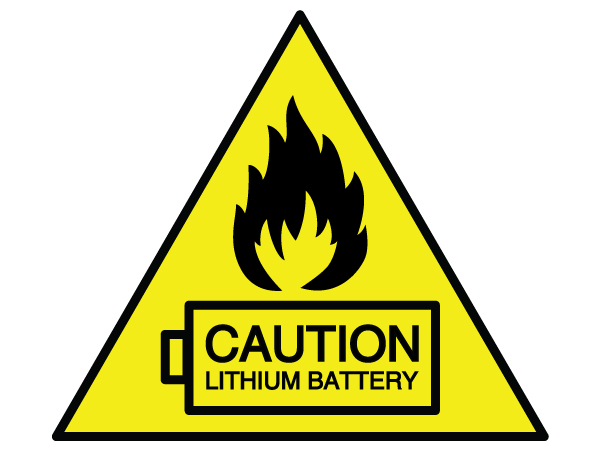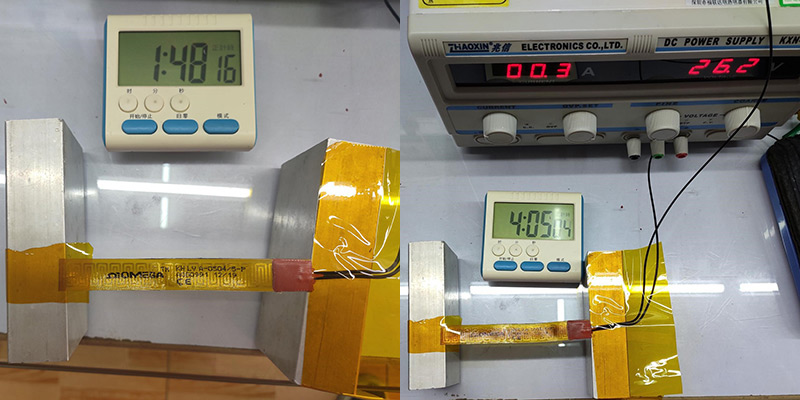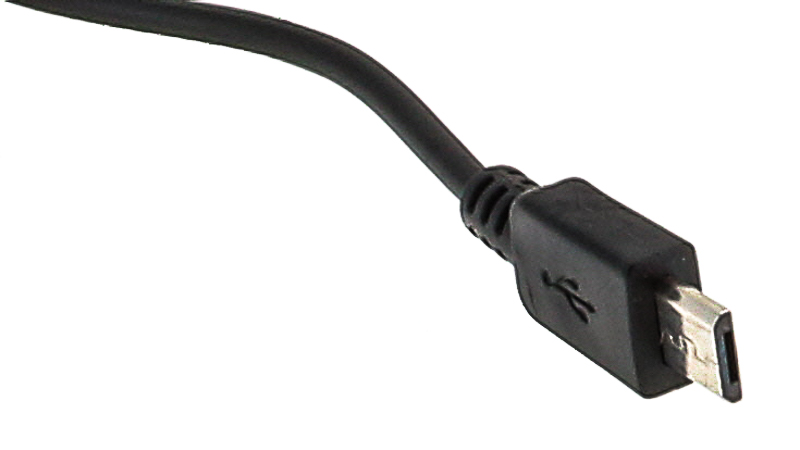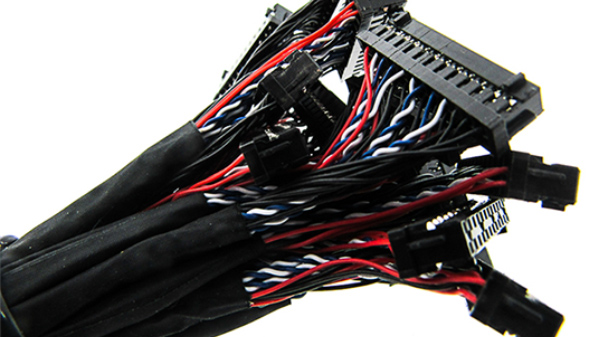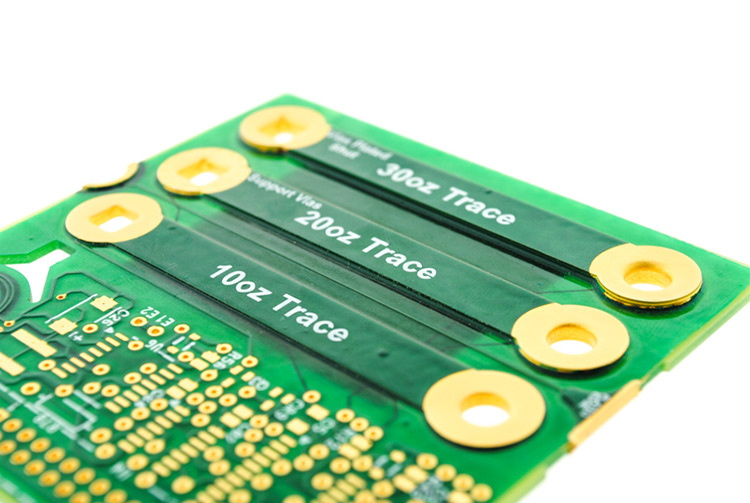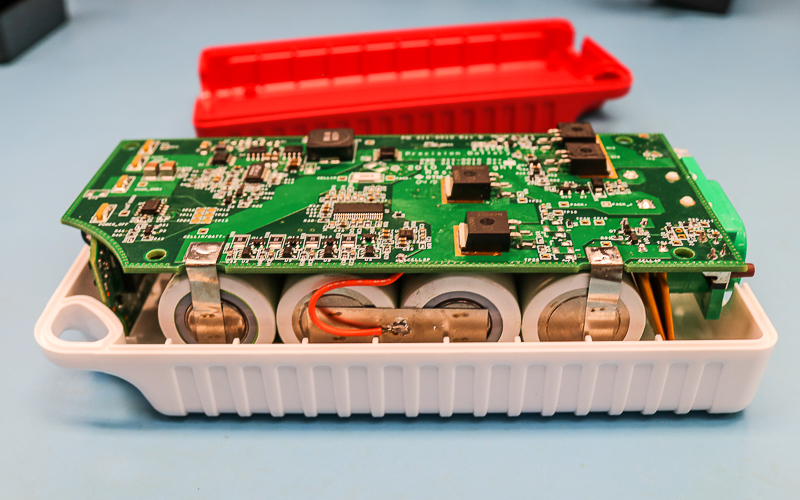As printed circuit boards (PCBs) progressed, requiring their functions to be more and more complex and diverse, the number of layers increased from 1-2 layers, up to 4-30 layers, with 4-12-layer boards being more typical.
With electronics becoming more portable and lightweight, they require batteries that offer long hours of battery life before recharging. Lithium batteries are becoming common place in electronics such as smartphones, laptops, and tablets as they can last for up to 2 years to 5 years. However, failures can cause lithium battery packs to malfunction. The type of problem will be based on the construction of the battery pack, how it is charged, how it is used and handled, and environmental factors.
Polyimide flexible heaters are highly desired in industries such as aerospace, medical, food service, military, and others to provide controlled heat in specified areas in their applications. This heater type may be used in instrument panels inside aircraft to provide moisture-control properties and to prevent the systems from malfunctioning due to extremely cold temperatures at high altitudes. They may also be found in medical diagnostic devices, analytical test equipment, optoelectronic components, and many other applications.
Cable assemblies used in the medical the industries have to be biocompatible, made of a material that will not cause issues or adverse effects when coming in contact with the body. The material should not cause any type of toxicity (whether it is to the skin or to internal organs, bone, blood, or tissues) that could endanger a person's health.
Overmolded cable assemblies are widely known for their superior performance, attractive cosmetics, and the fact that they can be customized for nearly any application. But overmolded cables also require a sizable investment in hard tooling well before the first cables are ever produced.
Those of us who make our livings managing supply chain, the time of the year between Halloween and New Year’s Eve is always on the tense side. Known as the “Peak Season”, it seems to start earlier and earlier the more people turn to e-commerce.
At the conclusion of our webinar, Reducing Risk in Your Custom Cable Assembly - we had several questions submitted to our presenter, Steven J. Goodman, User Interface & Cable Assembly Product Manager at Epec. We have compiled these questions into a readable format on our blog.
When I think of the song, “Through the Years” by Kenny Rogers from 1981 (played at my high school graduation in 1982), I wouldn’t have imagined I would still be in the printed circuit board (PCB) industry. Yes, 1982! Wow. There are several nostalgic “things” about the time spent in the industry that still remind me of my hometown, family, friends, the U.S., my first real job doing something I had never heard of, hoping to make ends meet.
When it comes to selecting the appropriate cable type for a multi-conductor , there seems to be an endless combination of wire sizes, jacket materials, conductor arrangements, and shielding methodologies.
Portable devices are everywhere. When thinking about the top portable devices that we use daily, smartphones, tablets, and laptops will dominate the list. Yet, there are numerous applications that rely on portable devices. Manufacturers of medical devices, military devices and even kid's toys rely on holder and mounting designs to secure batteries in portable devices. How the batteries are secured plays an important factor. These applications can experience a range of extremes such as shocks, vibrations, drops, and temperature fluctuations.



